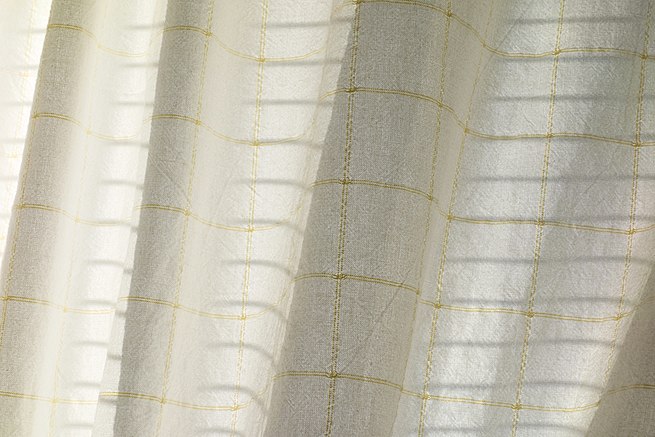
-
Translucent
In the field of optics, transparency (also called pellucidity or diaphaneity) is the physical property of allowing light to pass through the material without being scattered. On a macroscopic scale (one where the dimensions investigated are much, much larger than the wavelength of the photons in question), the photons can be said to follow Snell’s Law. Translucency (also called translucence or translucidity) is a superset of transparency: it allows light to pass through, but does not necessarily (again, on the macroscopic scale) follow Snell’s law; the photons can be scattered at either of the two interfaces where there is a change in index of refraction, or internally. In other words, a translucent medium allows the transport of light while a transparent medium not only allows the transport of light but allows for image formation. Transparent materials appear clear, with the overall appearance of one color, or any combination leading up to a brilliant spectrum of every color. The opposite property of translucency is opacity.
When light encounters a material, it can interact with it in several different ways. These interactions depend on the wavelength of the light and the nature of the material. Photons interact with an object by some combination of reflection, absorption and transmission.
Some materials, such as plate glass and clean water, transmit much of the light that falls on them and reflect little of it; such materials are called optically transparent. Many liquids and aqueous solutions are highly transparent. Absence of structural defects (voids, cracks, etc.) and molecular structure of most liquids are mostly responsible for excellent optical transmission.
Materials which do not transmit light are called opaque. Many such substances have a chemical composition which includes what are referred to as absorption centers. Many substances are selective in their absorption of white light frequencies. They absorb certain portions of the visible spectrum while reflecting others. The frequencies of the spectrum which are not absorbed are either reflected or transmitted for our physical observation. This is what gives rise to color. The attenuation of light of all frequencies and wavelengths is due to the combined mechanisms of absorption and scattering.Transparency can provide almost perfect camouflage for animals able to achieve it. This is easier in dimly-lit or turbid seawater than in good illumination. Many marine animals such as jellyfish are highly transparent.
-
Transparent (adjective)
See-through, clear; having the property that light passes through it almost undisturbed, such that one can see through it clearly.
“The waters of the lake were transparent until the factory dumped waste there.”
-
Transparent (adjective)
Open, theories and reducing the chance of corruption.
-
Transparent (adjective)
Obvious; readily apparent; easy to see or understand.
“His reasons for the decision were transparent.”
-
Transparent (adjective)
Having the property of transparency, i.e. sufficiently accurate that the compressed result is perceptually indistinguishable from the uncompressed input.
-
Translucent (adjective)
Allowing diffusing it.
-
Translucent (adjective)
Clear, lucid, or transparent.
